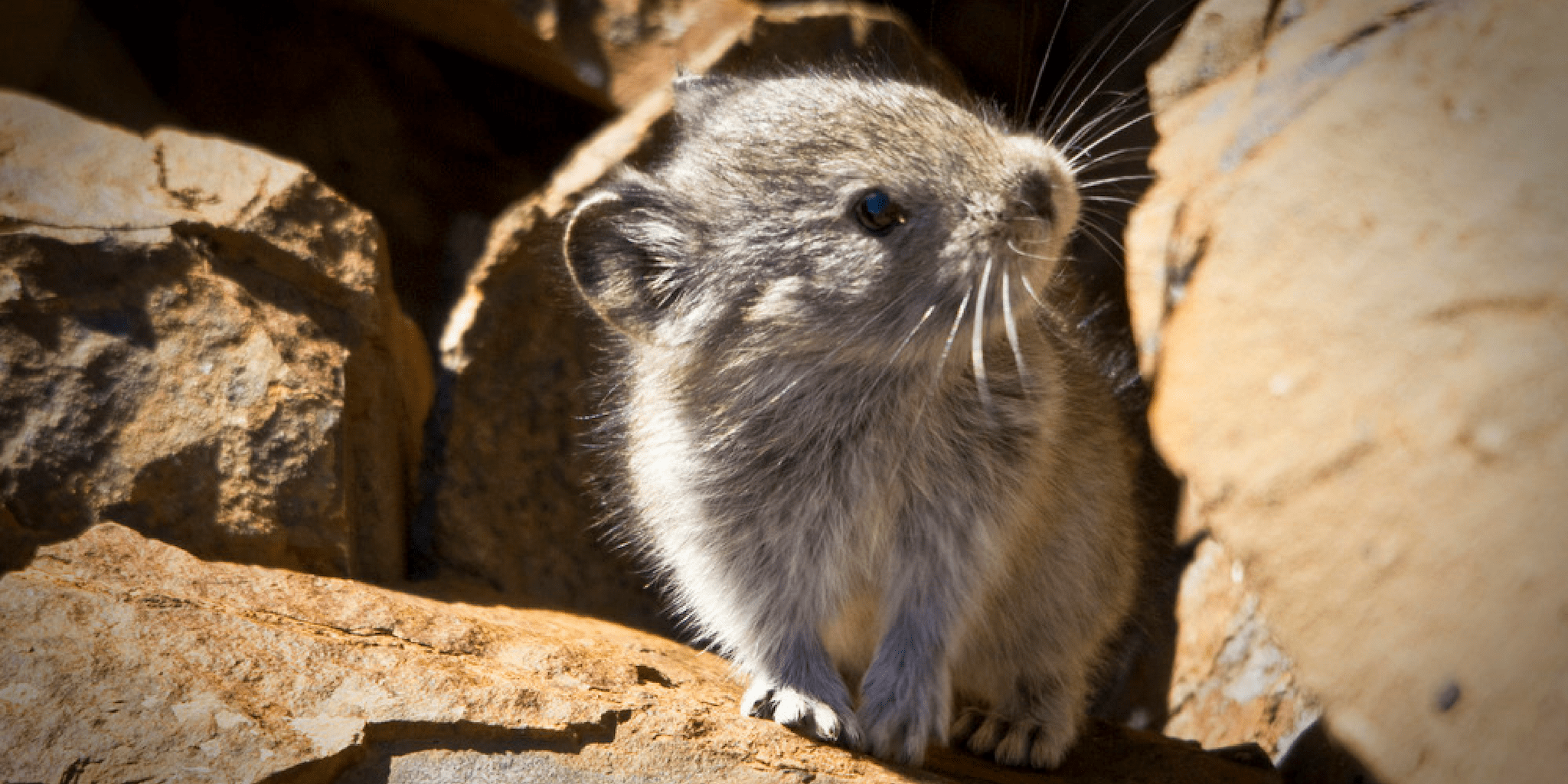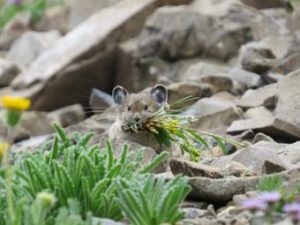We have much more to do and your continued support is needed now more than ever.
The Pika Predicament: Wildlife & the Climate Crisis

Our wildlife are in crisis, with a third of species in decline. Climate change greatly exacerbates this decline. Sadly, unchecked climate change will drive many species to extinction. The effects are already alarming. Streams are becoming too warm for trout, moose are declining in northern states due to increasing temperatures that allow parasitic ticks to weaken moose calves, habitat for pika and wolverines is shrinking, sea level rise is claiming breeding habitat for sea turtles and shore birds, and a host of other climate related threats is increasing in intensity every year, with dire effects.

American Pikas have become the poster child for the impacts of climate change in the American West. These potato-sized rodents need cooler alpine temperatures to survive – so as temperatures get warmer, they migrate to higher elevations on mountains. But with climate change, average temperatures are increasing faster than wildlife can adapt to them – and pikas are running out of altitude to migrate to. Additionally, hotter daily temperatures force them underground to stay cool and limit the amount of time each day they can forage for food.
Since the 1990s, the pika population has rapidly decreased, disappearing entirely in several regions. Scientists have linked the creature’s disappearance to climate change, and warn that this is an indicator of what lies in store for other wildlife populations as the effects of climate change worsen.
One Solution: Cut Emissions

A root cause of climate change is the release of greenhouse gases like carbon dioxide into the atmosphere by human activities. To fight climate change, we need to reduce our emissions. Power plant emissions make up nearly a third of the United States’ contribution to climate change. We can work to cut this down by creating strict limits on the amount of carbon pollution power plants are allowed to emit. Besides reducing our climate impacts, this could also create a series of other benefits, like improved air and water quality.
The world’s climate scientists are sounding the alarm bell: nations of the world have roughly a decade to put in place the policies needed to reach net zero climate pollution by mid-century.
The First Step: Strong Climate Change Policy
The Environmental Protection Agency created a series of rules in 2015 that were predicted to cut power sector greenhouse gas emissions by more than one-third by 2030, making a significant down payment on the U.S.’ promise to the world to help fight climate change. The Clean Power Plan – a rule limiting climate-disrupting pollution from existing power plants – is in the process of being repealed and replaced by something called the Affordable Clean Energy rule, which is largely designed to prop up coal-fired power generation.
Now, the Trump Administration is proposing to repeal the 2015 new source performance standards rule, which sets strict limits for how much carbon pollution newly constructed and modified power plants emit. The proposed rule would change emissions requirements to meet what is already achievable with current technology – basically, it eliminates the need to install new, cleaner technology.
The EPA is also using this proposal as an excuse to review whether it needs additional rationale to regulate coal-fired power plants at all, which could be used to dramatically alter the Clean Air Act in future actions.
You can stand up for wildlife by making your voice heard. Click the button below to submit a comment urging the Environmental Protection Agency to keep carbon pollution limits on new and modified power plants.
TAKE ACTION: Tell the EPA to keep limits for new coal-fired power plants.
Take Action!





















